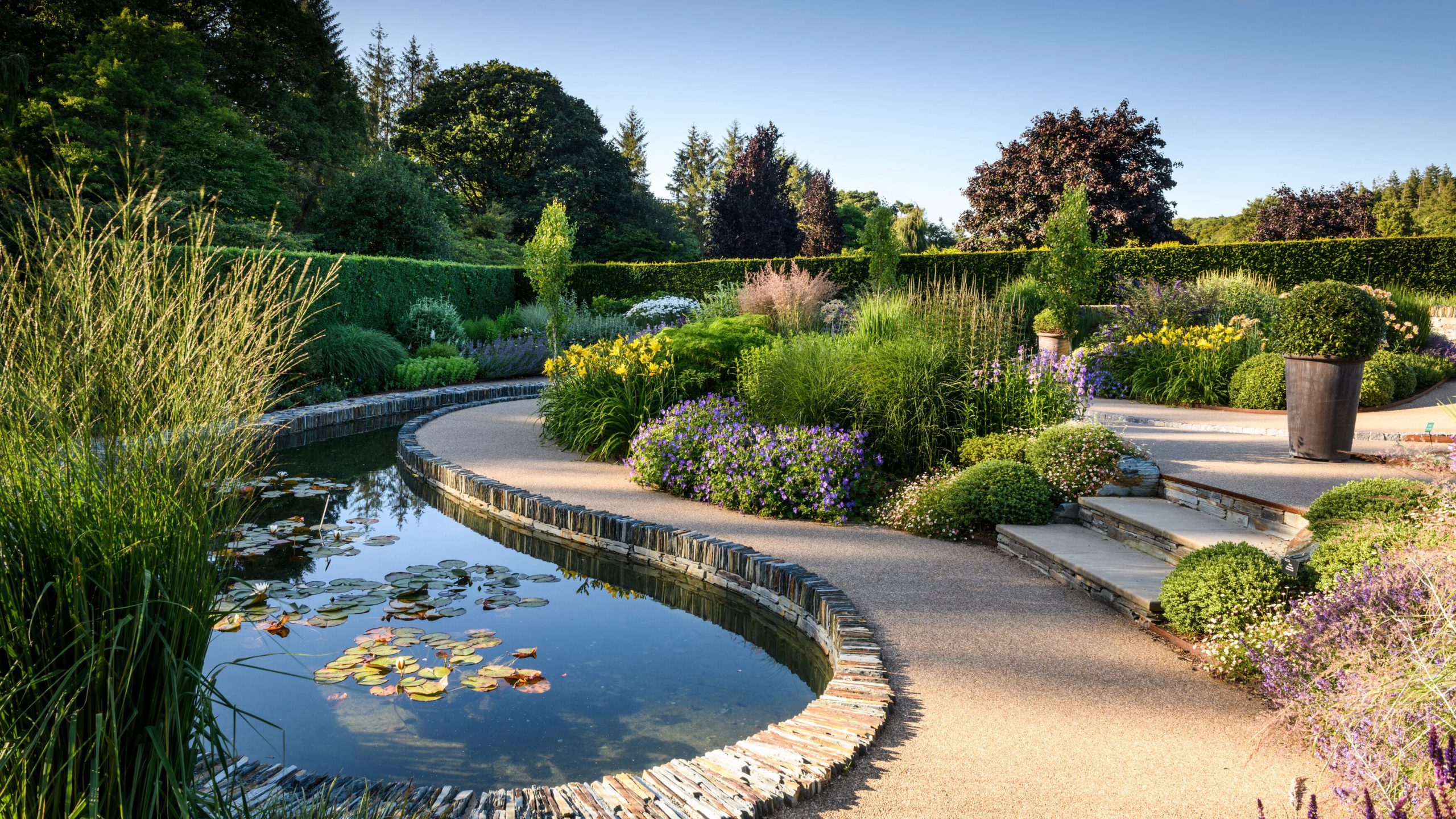Recent years have brought substantial changes in pond design, due to which homeowners possess separate transformations they can apply to their outdoor spaces. Two aquatic design paths exist for homeowners to choose from based on their preference between contemporary and traditional pond styles. A clear understanding of these styles leads to creating the perfect water feature.
For those considering technical components, high-quality Evolution Aqua Pond equipment can elevate either design with reliable filtration and circulation systems.
Meet That Pond Guy
Local water feature specialist That Pond Guy has installed over 200 ponds across the region. They claim that about 60% of their clients now request modern designs, but they are seeing clever blends where traditional ecosystems meet contemporary aesthetics. Their projects demonstrate how both styles can thrive in today’s landscapes.
Traditional Ponds: Nature’s Timeless Appeal
Organic Shapes and Natural Materials
Classic ponds mimic nature’s irregular contours with:
- Meandering edges that blend into the landscape
- Native stone borders and pebble beaches
- Gentle slopes for wildlife access.
Thriving Ecosystems
These water features prioritize biodiversity through:
- Shallow planting shelves for marginal species
- Balanced fish populations (like koi or goldfish)
- Natural filtration from aquatic plants.
Design Tip: Incorporate a small waterfall using local sandstone for both aeration and soothing sounds.
Modern Ponds: Architectural Water Statements
Clean Geometry and Innovative Materials
Contemporary designs showcase:
- Crisp rectangular or circular forms
- Corten steel edging or polished concrete
- Glass panel viewing windows.
Tech-Enhanced Performance
Modern installations often feature:
- LED color-changing lighting systems
- Automated water quality monitors
- Concealed equipment housing.
Design Tip: Use black pond liner for dramatic mirror effects that double your garden’s visual space.
Key Decision Factors
Space Considerations
- Traditional: Better for irregular or sloped areas
- Modern: Ideal for compact urban gardens.
Maintenance Requirements
- Traditional: Weekly debris removal, seasonal plant care
- Modern: Monthly system checks, occasional glass cleaning.
Budget Implications
While material costs vary, That Pond Guy advises:
“Modern ponds typically cost 20-30% more initially but often have lower long-term maintenance expenses.”
Hybrid Solutions: Best of Both Worlds
Innovative designers now merge elements like:
- Natural planting around geometric water features
- Traditional wildlife habitats with modern filtration
- Aged stone coping paired with stainless steel waterfalls.
One stunning project combined a natural bog filter with a cantilevered concrete viewing platform—proving opposites can attract beautifully.
Planning Your Perfect Pond
Step 1: Define Your Priorities
- Wildlife attraction vs. aesthetic impact
- Active interaction vs. passive viewing
- Year-round interest vs. seasonal highlights.
Step 2: Consult Specialists
- Landscape architects for structural planning
- Aquatic experts for ecosystem balance
- Lighting designers for evening ambiance
Step 3: Future-Proof Your Design
- Allow for potential tech upgrades
- Plan adjacent seating areas
- Consider viewing angles from indoors.
The Ripple Effect
Beyond beauty, well-designed ponds:
- Increase property values by up to 15%
- Reduce urban heat island effects
- Provide therapeutic mental health benefits.
As That Pond Guy reflects: “The magic happens when clients realize ponds are not just decorations—they are living systems that transform how we experience our outdoor spaces.”
Ready to make waves in your garden? Consult a pond design professional to explore which style aligns with your vision and lifestyle.


